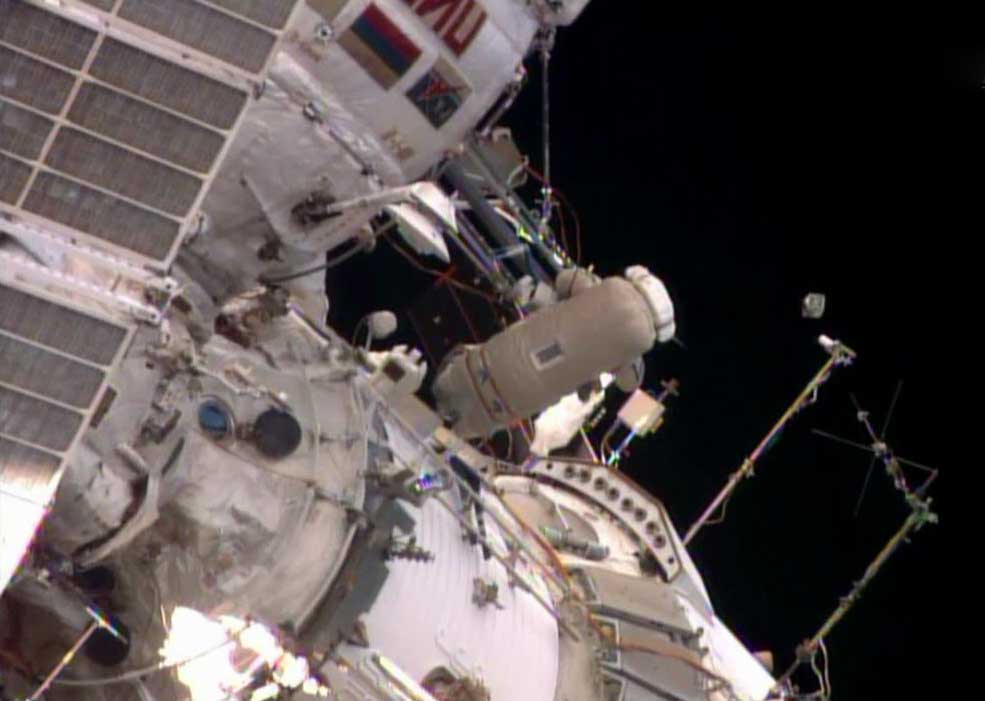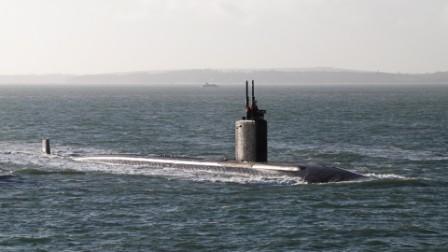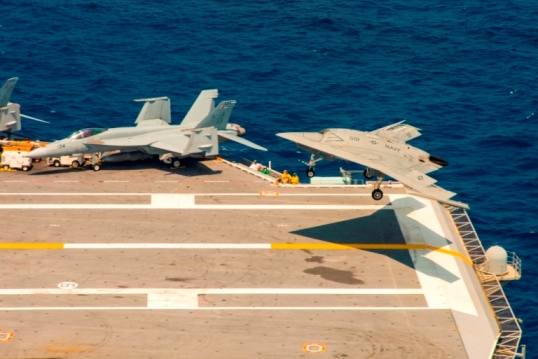
Flight Engineer Oleg Artemyev deploys the Chasqui 1 nanosatellite outside the Pirs docking compartment near the beginning of Monday's spacewalk. Photo: NASA TV
CAPE CANAVERAL (AP): Spacewalking astronauts launched a tiny Peruvian research satellite on Monday, setting it loose on a mission to observe Earth.
Russian Oleg Artemiev cast the 4-inch (10-centimetre) box off with his gloved right hand as the International Space Station sailed 418 kilometres above the cloud-flecked planet.
The nanosatellite gently tumbled as it cleared the vicinity of the orbiting complex, precisely as planned.
"One, two, three," someone called out in Russian as Artemiev let go of the satellite.
Cameras watched as the nanosatellite named Chasqui after the Inca messengers who were fleet of foot increased its distance and grew smaller.
Artemiev's Russian spacewalking partner, Alexander Skvortsov, tried to keep his helmet camera aimed at the satellite as it floated away.
The satellite barely 2 pounds (less than 1 kilogram) holds and instruments to measure temperature and pressure and cameras that will photograph Earth.
It's a technological learning experience for the National University of Engineering in Lima. A Russian cargo ship delivered the device earlier this year.
Less than a half-hour into the spacewalk, the satellite was on its way, flying freely.
With that completed, Artemiev and Skvortsov set about installing fresh science experiments outside the Russian portion of the space station and retrieving old ones. "Be careful," Russian Mission Control outside Moscow warned as the astronauts made their way to their next work site.
The two conducted a spacewalk in June, a few months after moving into the space station. Four other men live there: another Russian, two Americans and one German.
US spacewalks, meanwhile, remain on hold.
NASA hoped to resume spacewalks this month after a yearlong investigation but delayed the activity until fall to get fresh spacesuit batteries on board. The SpaceX Company will deliver the batteries on a Dragon supply ship next month.
Engineers are concerned about the fuses of the on-board batteries.
Before the battery issue, NASA was stymied by a spacesuit problem that nearly cost an Italian astronaut his life last summer. Luca Parmitano's helmet flooded with water from the suit's cooling system, and he barely made it back inside. The investigation into that incident is now complete, with safety improvements made to the US spacesuits.
 Previous Article
Previous Article Next Article
Next Article













The Indian Air Force, in its flight trials evaluation report submitted before the Defence Ministry l..
view articleAn insight into the Medium Multi-Role Combat Aircraft competition...
view articleSky enthusiasts can now spot the International Space Station (ISS) commanded by Indian-American astr..
view article